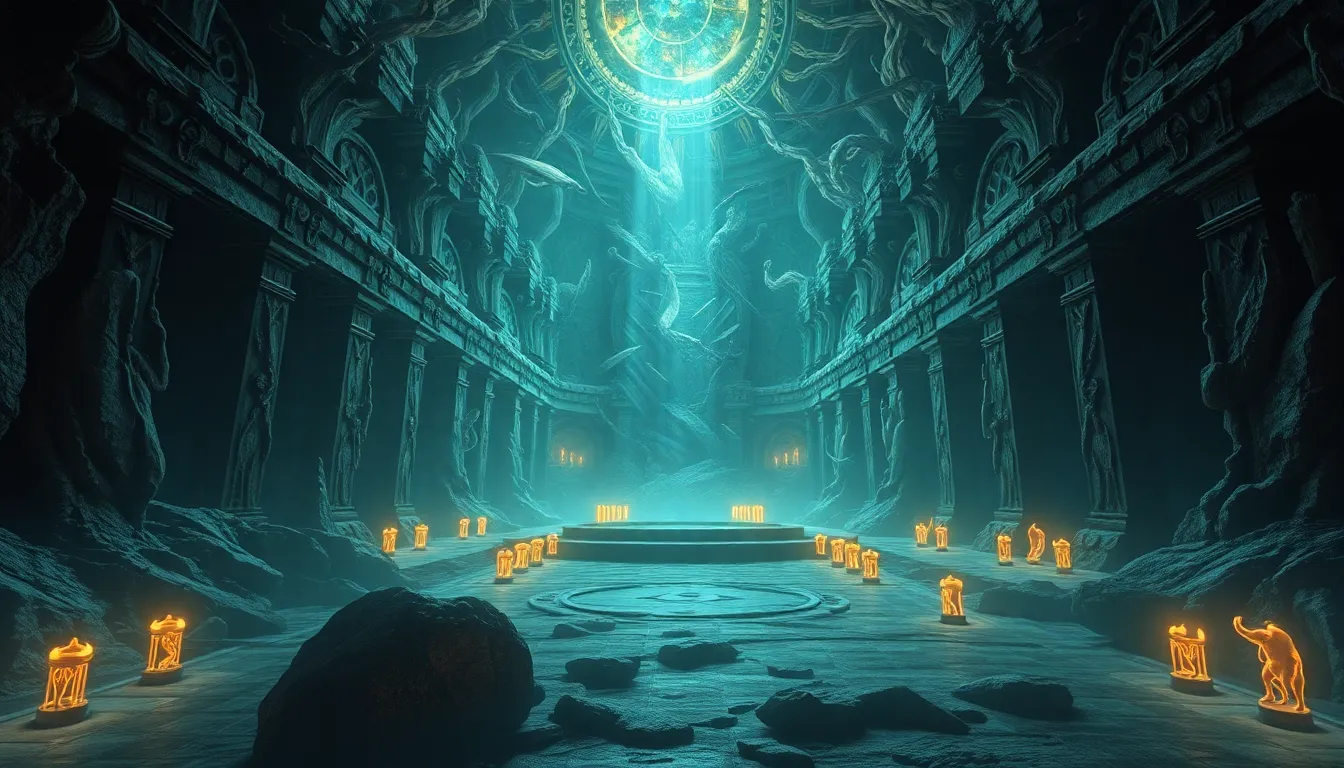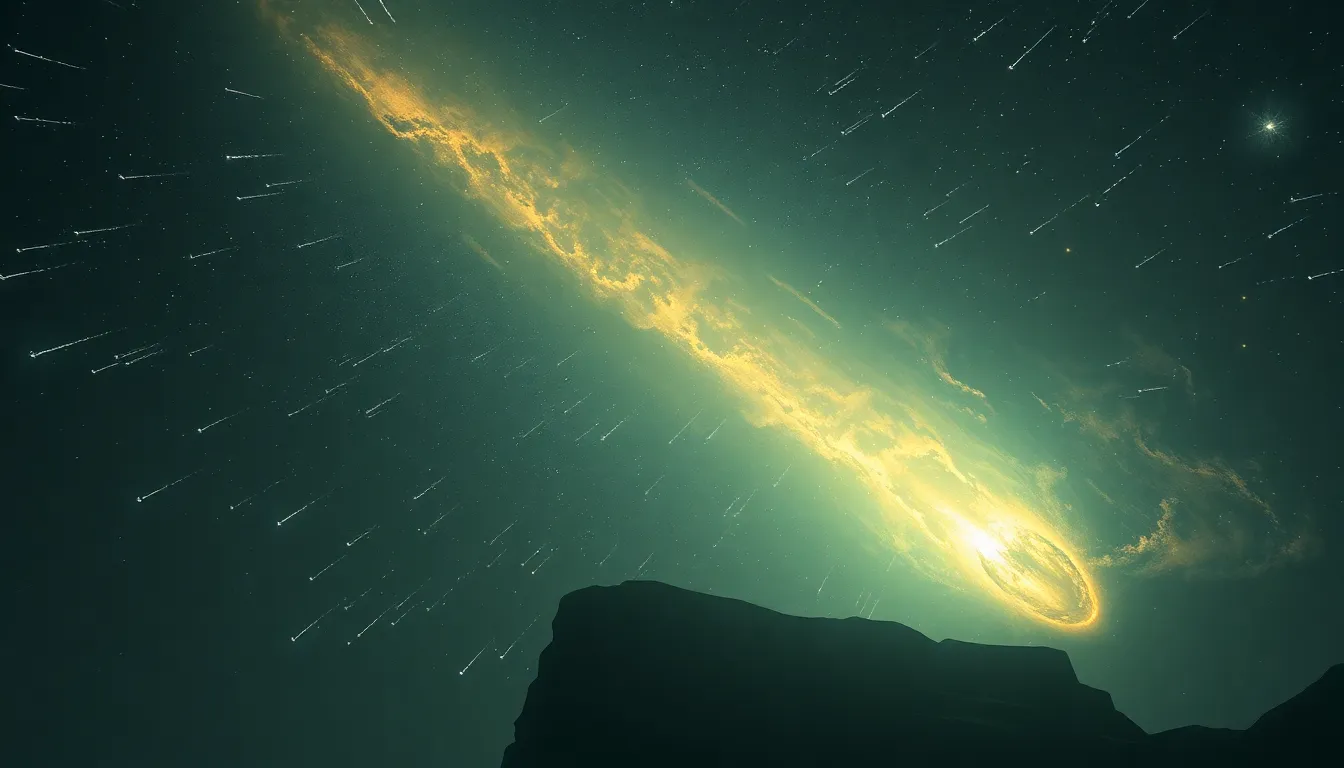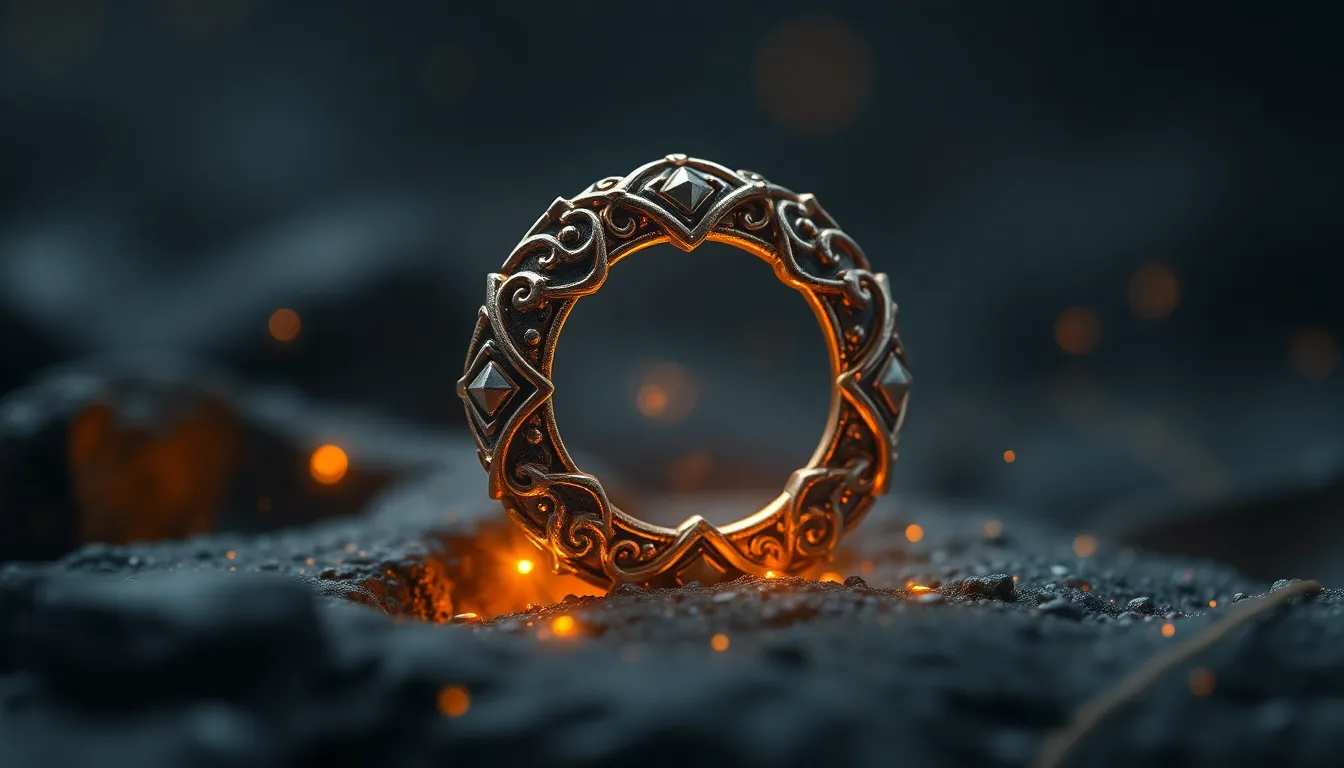Underworld Myths: The Secrets of the Afterlife Uncovered
I. Introduction to Underworld Myths
Underworld myths encompass a fascinating array of stories and beliefs about the afterlife, found across diverse cultures throughout history. These myths serve as a crucial part of human understanding of existence, death, and the possibilities that lie beyond. They reflect not only the fears and hopes of societies but also their values and moral frameworks.
This article aims to explore the rich tapestry of underworld myths, focusing on their representations of the afterlife, the deities associated with these realms, and the cultural significance of such beliefs.
II. Historical Context of Afterlife Beliefs
Throughout history, various civilizations have developed unique perspectives on what happens after death. These beliefs have evolved and transformed over time, influenced by cultural exchanges, religious advancements, and social changes.
A. Ancient Civilizations and Their Views on the Afterlife
1. Mesopotamia
In ancient Mesopotamia, the afterlife was often viewed as a dreary existence in the underworld, known as Kur. The Sumerians believed that all souls went to this shadowy realm, where they lived a ghostly existence. The importance of proper burial rites was paramount to ensure a soul’s safe passage into the afterlife.
2. Ancient Egypt
Contrastingly, the Egyptians believed in a more complex afterlife, where the soul could attain eternal life. The journey to the afterlife involved navigating a series of trials, including judgment by the god Osiris. Successful souls would enter the Field of Reeds, a paradise-like realm.
3. Ancient Greece and Rome
The Greeks and Romans had varied beliefs about the afterlife, often depicted through the myth of Hades. The Greeks envisioned a dualistic afterlife, with the Elysian Fields representing paradise and Tartarus signifying punishment. Roman beliefs incorporated many Greek ideas while adding their interpretations of deities and rituals.
B. Evolution of Underworld Myths Through the Ages
As societies progressed, so did their beliefs about the afterlife. The interplay between different cultures often led to syncretism, where myths borrowed elements from one another, resulting in a rich mosaic of afterlife beliefs.
III. Key Figures in Underworld Myths
Underworld myths are populated by various deities and legendary figures, each embodying different aspects of death and the afterlife.
A. Deities of the Underworld Across Different Cultures
1. Hades (Greek)
Hades, the god of the underworld in Greek mythology, ruled over the dead with a detached authority. He was not evil but rather a necessary part of the cosmic order, ensuring that the dead received their due.
2. Osiris (Egyptian)
Osiris, one of ancient Egypt’s most significant deities, represented resurrection and renewal. As the god of the afterlife, he presided over the judgment of souls and the promise of rebirth.
3. Yama (Hindu)
In Hindu mythology, Yama is the god of death and the ruler of the afterlife. He guides souls to their next existence and ensures that they receive karmic justice based on their earthly deeds.
B. Heroes and Figures Who Journeyed to the Afterlife
- Orpheus: A legendary musician who ventured into the underworld to reclaim his wife, Eurydice.
- Gilgamesh: The hero of the Epic of Gilgamesh, who sought the secret of eternal life.
- Inanna: The Sumerian goddess who descended to the underworld, representing themes of love and sacrifice.
IV. Symbolism and Themes in Underworld Myths
Underworld myths often contain rich symbolism and recurring themes that reflect humanity’s understanding of life, death, and what lies beyond.
A. Common Symbols Associated with the Afterlife
- Rivers: Such as the River Styx in Greek mythology, symbolizing the boundary between the living and the dead.
- Gates: Often representing the entry points into the afterlife, guarded by deities or monsters.
- Guardians: Figures like Cerberus, the three-headed dog in Greek mythology, that protect the realm of the dead.
B. Themes of Judgment, Rebirth, and Eternal Life
Many underworld myths emphasize the importance of judgment, where souls must face their actions during their lifetime. Rebirth is another critical theme, as seen in various traditions where the soul is given another chance at life, often influenced by their previous actions.
V. The Role of Rituals and Offerings
Rituals and offerings play a vital role in the context of underworld myths, as they are believed to ensure safe passage to the afterlife.
A. Funerary Practices Across Cultures
Different cultures have developed unique funerary practices that reflect their beliefs about the afterlife. For example:
- In ancient Egypt, mummification was crucial for preserving the body for the afterlife.
- The Chinese practiced elaborate burial rites, including the inclusion of items deemed necessary for the deceased in the afterlife.
- In some Indigenous cultures, the body is returned to the earth, emphasizing the cyclical nature of life and death.
B. Importance of Rituals in Ensuring Safe Passage to the Afterlife
Rituals are more than mere customs; they serve to connect the living with the dead, providing comfort and a sense of continuity. Offerings, such as food, drink, and personal items, are often left for the deceased to aid their journey into the afterlife.
VI. Comparative Analysis of Underworld Myths
A comparative analysis of underworld myths reveals both similarities and differences influenced by geography, climate, and social structures.
A. Similarities and Differences Among Various Cultural Beliefs
Many cultures share common themes, such as the existence of a judgment phase after death. However, the specifics can vary widely:
- Some cultures view the afterlife as a paradise, while others see it as a realm of punishment.
- Ideas of reincarnation are prevalent in Hinduism and Buddhism but are absent in many Western traditions.
B. How Geography and Climate Influenced These Myths
Geographic and climatic conditions have shaped how cultures perceive death and the afterlife. For instance, agrarian societies often see death as a natural part of the life cycle, whereas nomadic cultures may emphasize the journey aspect of the afterlife.
VII. Underworld Myths in Literature and Art
Underworld myths have been a source of inspiration for countless literary and artistic works throughout history.
A. Representation of the Afterlife in Ancient Texts and Epics
1. The Epic of Gilgamesh
This ancient Mesopotamian epic explores themes of mortality and the quest for immortality, highlighting the inevitability of death.
2. The Divine Comedy
Dante Alighieri’s masterpiece presents a vivid portrayal of the afterlife, depicting hell, purgatory, and paradise, and examines the moral implications of one’s life choices.
B. Artistic Interpretations of the Underworld in Visual Art
Artists have long been captivated by the concept of the underworld, illustrated through paintings, sculptures, and other forms of visual art. Notable examples include:
- Hieronymus Bosch’s “The Garden of Earthly Delights,” depicting heaven, earth, and hell.
- Michelangelo’s frescoes in the Sistine Chapel, illustrating themes of sin and redemption.
VIII. Modern Interpretations of Underworld Myths
These ancient myths continue to influence contemporary spirituality and cultural narratives.
A. Influence of Ancient Myths on Contemporary Spiritual Beliefs
Many modern spiritual practices draw from ancient beliefs about the afterlife, incorporating elements such as ancestor worship and ritualistic offerings.
B. Underworld Themes in Modern



